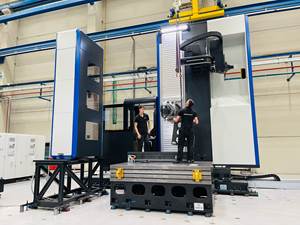Big Multifunction Machines for Big Castings
Turn-mill technology enables this company to minimize lead times and handling for its large machined castings.
Share





Ever since its founding as the National Car Coupler Co. by J.W. Harrison in 1906, Harrison Steel Castings Co. has worked to be a forward-thinking member of the mature metal-casting industry. Geoffrey H. Curtis, vice president and general manager who has been with the company for 25 years, says the driving force behind its steady growth and competitiveness is providing as many value-added services to its customers as possible.
One prime example is when, to stand out from competitors in the castings industry, the company added rough and semi-finish machining services to provide customers with complete, assembly-ready castings for their manufacturing needs. Today, Harrison Steel Castings produces a range of low-to-medium-carbon alloy steel castings and has expanded its material base to encompass higher alloy metals. Of the 120 tons of castings the Attica, Indiana, company now produces each day, 85 percent are rough-machined or rough- and finish-machined.
In addition to boosting competitiveness, in-house machining gives Harrison Steel Castings complete quality control, enables it to save on logistics costs and time, and reduces its reliance on outside vendors. Most importantly, it differentiates the company, which has enabled it to diversify into other industries such as oil and gas, which often require larger parts.
Like the company’s existing customers, many potential customers wanting big castings also looked to Harrison Steel Castings to be a one-stop supplier of finish-machined parts. However, the company’s existing machining capabilities couldn’t accommodate the oftentimes heavy, bulky castings common to the oil and gas industries.
To meet customer demand, it expanded its machining capacity with a new 30,000-square-foot finish-machining shop and two large-scale, multifunction machine tools from Mazak: a Versatech V-100N five-axis double-column machining center and an Integrex e-1850V/12 II turn-mill. These machines help the company shorten lead times for big, tight-toleranced castings and reduce the need for complicated fixturing. Plus, their multitasking capability eliminates the need for extensive handling/repositioning of large parts and multiple-machine processing.
The castings the shop machines vary in size and shape and can weigh between 500 and 12,500 pounds. Conical-shaped castings, for instance, can measure as wide as 70 inches at their largest diameter and only 18 inches at their smallest. The shop also processes hollow-shaft castings as big as 60 inches in diameter and 60 inches long, and solid shafts as long as 98 inches and weighing as much as 4.5 tons (this the largest casting the shop turns). Depending on a casting’s application, machining tolerances range from ±0.060 inch to as tight as ±0.0002 inch, and casting hardness ratings are typically lower than 38 HRc.
The Versatech V-100N is well-suited for machining very large castings, offering eight feet between its columns and accommodating workpieces weighing as much as 61,730 pounds. The machine features two tables for multi-part processing in continuous production operations. Its spindle positions vertically, horizontally and at any angle in between to enable five-axis machining. This capability enables the machine to access casting surfaces that would otherwise be tough to reach.
According to Mike Bossaer, machine operations superintendent, two key benefits of the V-100N are the machine’s automatic head-changing capability and two-table changing functions. Machining times tend to run longer with the big castings, so the shop does, at most, only one table change per day. However, each of the tables will have multiple parts loaded on them, and automatic head changing makes it possible to go from one casting to the next without having to stop the machine for long periods of time, as is necessary when manually changing the heads.
The V-100N’s standard head orientates in the B and C axes, while another separate 90-degree head that attaches to it provides extended reach to the machine’s table. With the added reach, the machine can approach part surfaces from different angles and sides, which wouldn’t be possible with three-axis equipment. The shop also has a second 1:4-ratio torque head for the machine that delivers increased torque capability while also extending the standard head’s reach.
“We have a four-head-changing system on the V-100N, and the two open stations currently house large-diameter tooling,” Mr. Bossaer explains. “But, if needed, we could use the extra stations for two more heads. And while we try to complete parts in one setup as much as possible, we often are unable to access all six sides in one setup. To remedy this, we design custom fixtures that, together with the machine’s five-axis movement, get us to that sixth side.”
To illustrate the benefits of such part accessibility, Mr. Bossaer cites a casting that was farmed out, but then brought in-house because of the new finishing shop’s large-part machining capabilities. The casting required three different setups using a sine plate fixture. However, the shop reengineered the fixturing so that the part sits at an angle, and the V-100N now reaches all necessary surfaces in one clamping/setup.
Related Content
Inverting Turning and Five-Axis Milling at Famar
Automation is only the tip of the iceberg for Famar, which also provides multitasking options for its vertical lathes and horizontal five-axis machine tools.
Read MoreIndustry Analysis: Machining Semiconductor Components
With many machine shops anticipating long-term growth in demand from the semiconductor industry, it is worth the time to heed the advice of manufacturers who have already been servicing this end-market for years.
Read MoreControlling Extreme Cutting Conditions in Large-Part Machining
Newly patented technologies for controlling chatter and vibration during milling, turning and boring operations promise to drastically reduce production time and increase machining performance.
Read MoreSwiss-Type Control Uses CNC Data to Improve Efficiency
Advanced controls for Swiss-type CNC lathes uses machine data to prevent tool collisions, saving setup time and scrap costs.
Read MoreRead Next
Setting Up the Building Blocks for a Digital Factory
Woodward Inc. spent over a year developing an API to connect machines to its digital factory. Caron Engineering’s MiConnect has cut most of this process while also granting the shop greater access to machine information.
Read MoreBuilding Out a Foundation for Student Machinists
Autodesk and Haas have teamed up to produce an introductory course for students that covers the basics of CAD, CAM and CNC while providing them with a portfolio part.
Read MoreRegistration Now Open for the Precision Machining Technology Show (PMTS) 2025
The precision machining industry’s premier event returns to Cleveland, OH, April 1-3.
Read More

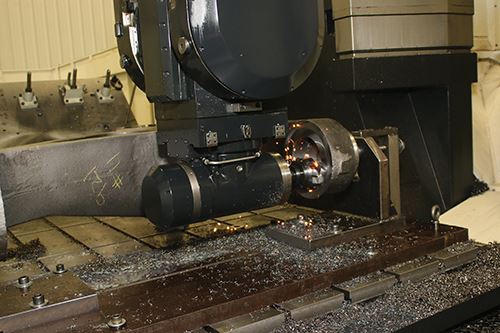

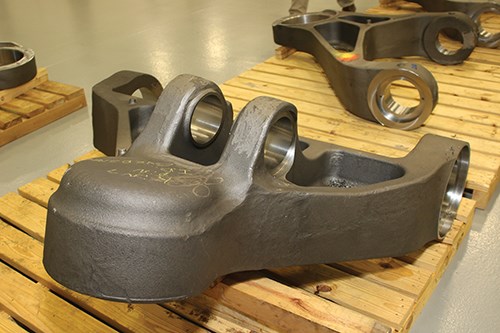
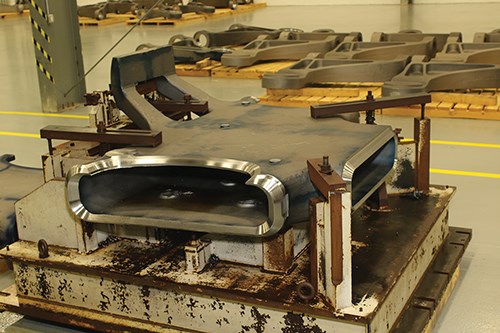
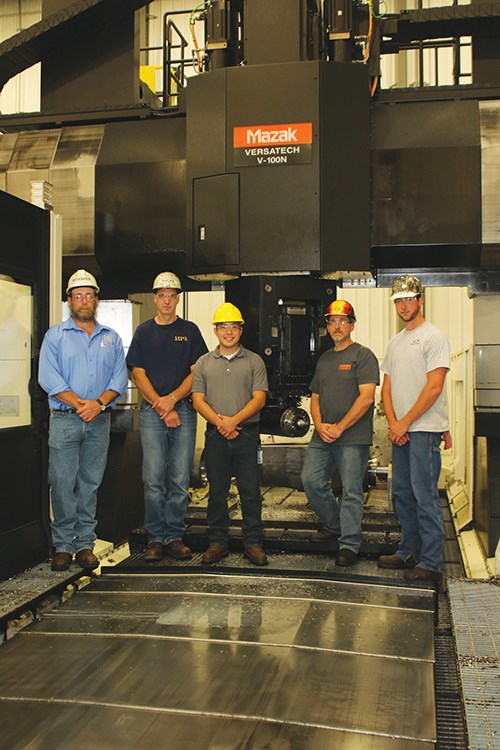



















.jpg;maxWidth=300;quality=90)








